The Remarkable World of Woodpeckers
Woodpeckers are among the most fascinating and recognizable birds in the world. Their distinctive drumming, vibrant plumage, and specialized adaptations have captivated observers for centuries. This guide delves into the multifaceted lives of these incredible creatures, from their evolutionary history and ecological roles to their interactions with humans.
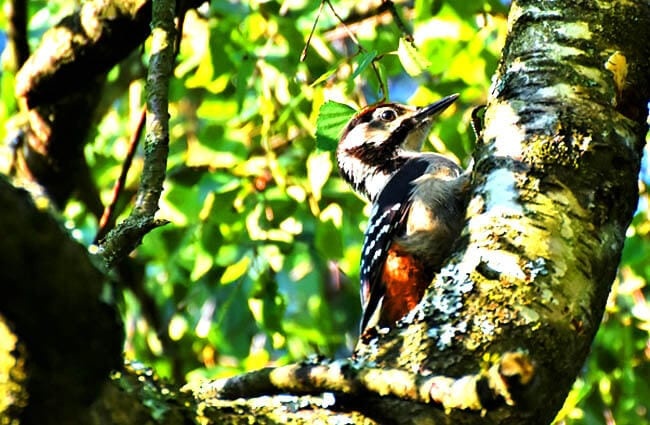
Evolutionary History and Taxonomy
The woodpecker family, Picidae, boasts a rich evolutionary past. Fossil evidence suggests that their ancestors emerged during the Paleocene epoch, around 60 million years ago. These early woodpeckers were likely arboreal insectivores that gradually developed the specialized adaptations that define the group today. Modern woodpeckers are divided into three major subfamilies: Picinae (typical woodpeckers), Picumninae (piculets), and Jynxinae (wrinkled‑necked woodpeckers). Over 200 species of woodpeckers are found worldwide, exhibiting remarkable diversity in size, coloration, and behavior.
Habitat and Distribution
Woodpeckers occupy a wide range of habitats, from dense forests and woodlands to open savannas and even urban environments. They are most abundant in tropical regions, but species can be found on every continent except Antarctica. Specific habitat requirements vary by species. Some, like the Acorn Woodpecker, are highly specialized, relying on oak trees for nesting and food storage. Others, such as the Downy Woodpecker, are more adaptable and thrive in a variety of settings.
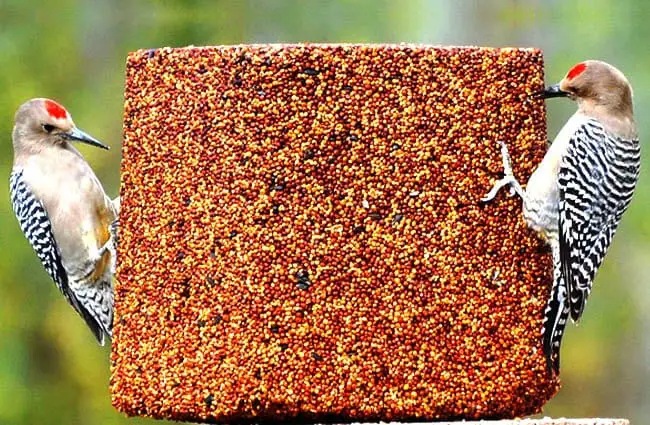
Diet and Foraging Behavior
Most woodpecker species are primarily insectivorous, feeding on wood‑boring insects, ants, and other invertebrates. Some species supplement their diet with fruits, nuts, seeds, and even sap. Woodpeckers employ a unique foraging strategy, using their strong bills to excavate insects from trees, probe bark crevices, and drill into wood to access hidden prey. Their long, barbed tongues help them extract insects from deep tunnels and cavities. Certain species, like the Red‑belly Woodpecker, also cache food for later consumption, storing nuts and seeds in tree crevices or under bark.
Physical Adaptations
Woodpeckers possess a suite of remarkable adaptations that enable their unique lifestyle. Their skulls are specially designed to absorb shock from repeated impacts, featuring a spongy bone structure and an elongated shape. A robust hyoid bone wraps around the skull, acting as a shock absorber and providing additional support. Strong neck muscles generate the force needed for drilling, while stiff tail feathers provide stability and support during climbing. Their zygodactyl feet—two toes pointing forward and two pointing backward—offer a secure grip on tree trunks and branches. Woodpeckers also have specialized nasal passages with protective bristles that prevent wood chips and dust from entering their lungs.
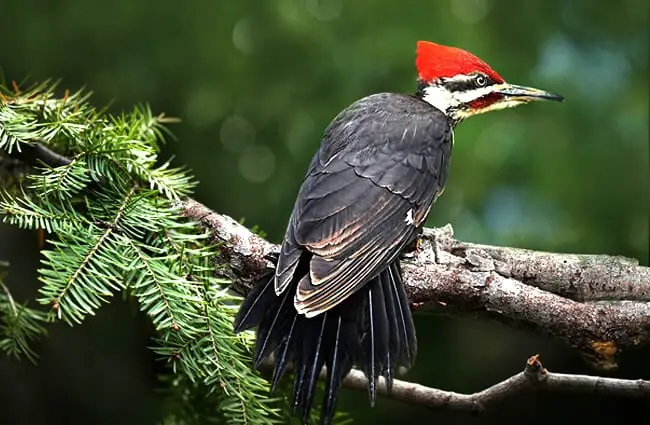
Reproduction and Life Cycle
Woodpeckers are typically monogamous, forming long‑term pair bonds. They nest in cavities they excavate in trees, often reusing the same cavity for several years. The size and shape of the cavity vary by species. Clutch size ranges from 3 to 8 eggs, which are incubated by both parents for about two weeks. Young woodpeckers are altricial, meaning they are born helpless and require extensive parental care. They remain in the nest for several weeks, being fed until they are able to fledge. Woodpeckers can live for many years, with some species reaching 10 to 12 years or more.
Ecological Role and Interactions with Other Animals
Woodpeckers play a crucial role in forest ecosystems. Their foraging activities help control insect populations, preventing outbreaks that could damage trees. The cavities they excavate provide nesting and roosting sites for a variety of other animals, including birds, mammals, and reptiles. Woodpeckers also contribute to nutrient cycling by dispersing seeds and creating openings in bark that allow moisture and air to penetrate. They interact with other animals in a variety of ways. Some species compete with other insectivores for food, while others form symbiotic relationships. For example, the Acorn Woodpecker stores acorns in granaries created by drilling holes in trees.
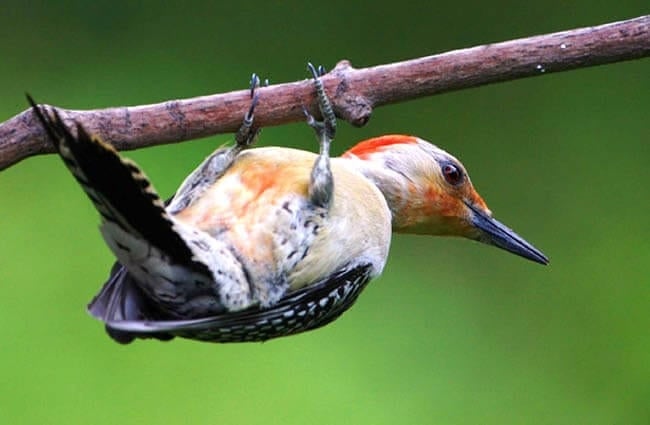
Woodpeckers and Humans
Throughout history, woodpeckers have held cultural significance for many societies. In some cultures, they are seen as symbols of good luck, perseverance, or communication with the spirit world. Their drumming is often associated with music and rhythm. However, woodpeckers can also come into conflict with humans. They may damage buildings by drilling into wood siding or causing structural damage, and they can be considered pests in orchards or vineyards. Protecting woodpeckers and their habitats is essential for maintaining healthy forest ecosystems. Providing suitable nesting sites, reducing pesticide use, and conserving mature forests are all important steps.
Identifying Woodpeckers in the Wild
Observing woodpeckers in their natural habitat can be a rewarding experience. Look for them in forests, woodlands, and parks with mature trees. Listen for their distinctive drumming or calls. Pay attention to their size, shape, coloration, and behavior. Key features to note include the shape of their bills, the pattern of their plumage, and the way they climb and forage. Using a field guide or bird‑identification app can help you accurately identify different species. Remember to observe woodpeckers from a respectful distance and avoid disturbing their nests or habitats.
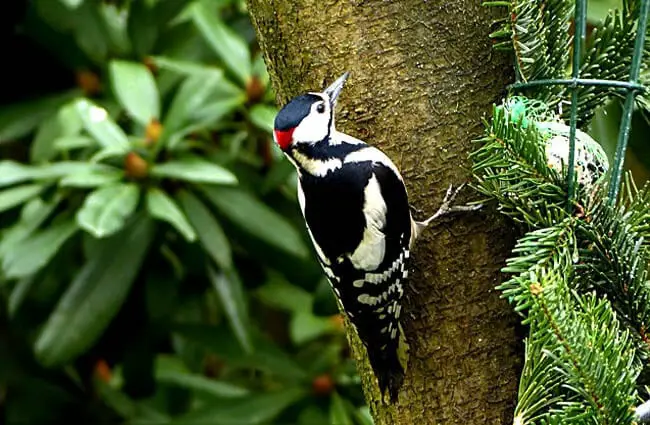
Caring for Woodpeckers in Captivity
Caring for woodpeckers in captivity requires specialized knowledge and attention. Provide a spacious enclosure with plenty of climbing opportunities. Woodpeckers need a diet rich in protein, insects, and fruits. Offering a variety of foraging opportunities can help stimulate their natural behaviors. Regular veterinary care is crucial to maintain their health and well-being. Enrichment activities, such as puzzle feeders and climbing structures, can help prevent boredom and encourage physical activity. Avoid materials that could be harmful if ingested, such as lead or zinc.
Fascinating Woodpecker Facts
- Some woodpeckers can detect insects hidden beneath bark using their highly sensitive bills.
- The Pileated Woodpecker is one of the largest woodpeckers in North America, measuring up to 23 to 26 inches in length.
- Woodpeckers have an exceptionally high metabolic rate, allowing them to withstand the physical stress of drumming.
- Certain species create “granaries” by drilling holes in trees and storing acorns or other nuts for later consumption.
- The drumming of a woodpecker can be heard up to a mile away, serving as a territorial signal or a way to attract mates.
- Woodpeckers play a vital role in seed dispersal, helping to regenerate forests and maintain biodiversity.
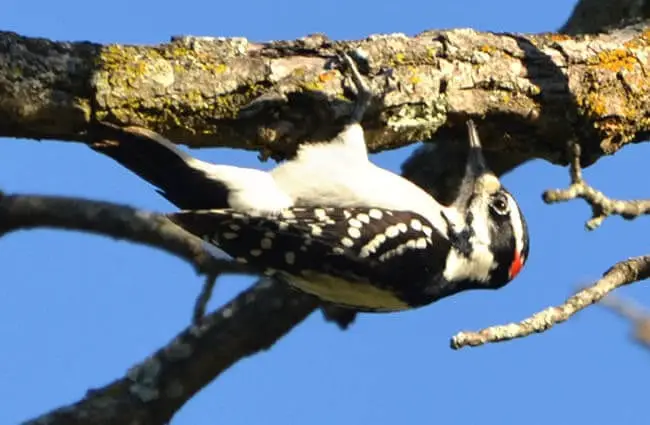
Woodpeckers are truly remarkable creatures, adapted to a unique niche in the natural world. Their captivating behaviors, stunning plumage, and ecological importance make them a joy to observe and study. By understanding and appreciating these fascinating birds, we can contribute to their conservation and ensure their survival for generations to come.

![Red Angus Closeup of a beautiful Red Angus cowPhoto by: U.S. Department of Agriculture [pubic domain]https://creativecommons.org/licenses/by/2.0/](https://animals.net/wp-content/uploads/2020/03/Red-Angus-4-238x178.jpg)




![Red Angus Closeup of a beautiful Red Angus cowPhoto by: U.S. Department of Agriculture [pubic domain]https://creativecommons.org/licenses/by/2.0/](https://animals.net/wp-content/uploads/2020/03/Red-Angus-4-100x75.jpg)

